Communication Choices
What is Listening & Spoken Language (LSL)?
Language and Speech Learning (LSL) refers to the educational approach designed to support children who are deaf or hard of hearing in acquiring spoken language skills. This method focuses on fostering both language and communication abilities through auditory and speech-based techniques.
LSL emphasizes listening as a primary means of communication, utilizing the child's residual hearing, if any, along with assistive technologies such as hearing aids and cochlear implants. The approach promotes natural conversation and interaction, encouraging children to engage actively with spoken language in various environments.
Key components of LSL include:
Auditory Training: Activities and exercises aimed at improving listening skills, helping children differentiate sounds, words, and phonetic elements.
Speech Development: Instruction focuses on correct pronunciation and articulation, promoting clarity in spoken language.
Language Enrichment: Exposure to rich language experiences that expand vocabulary and understanding of syntax and structure.
Family Involvement: Active participation of families is crucial, as they play a significant role in reinforcing language skills and providing a supportive environment for practice.
Overall, LSL seeks to create an environment where children can thrive in spoken communication, promoting their social integration and academic success.
Featured LSL Resources
Click here for our complete list of LSL resources.








